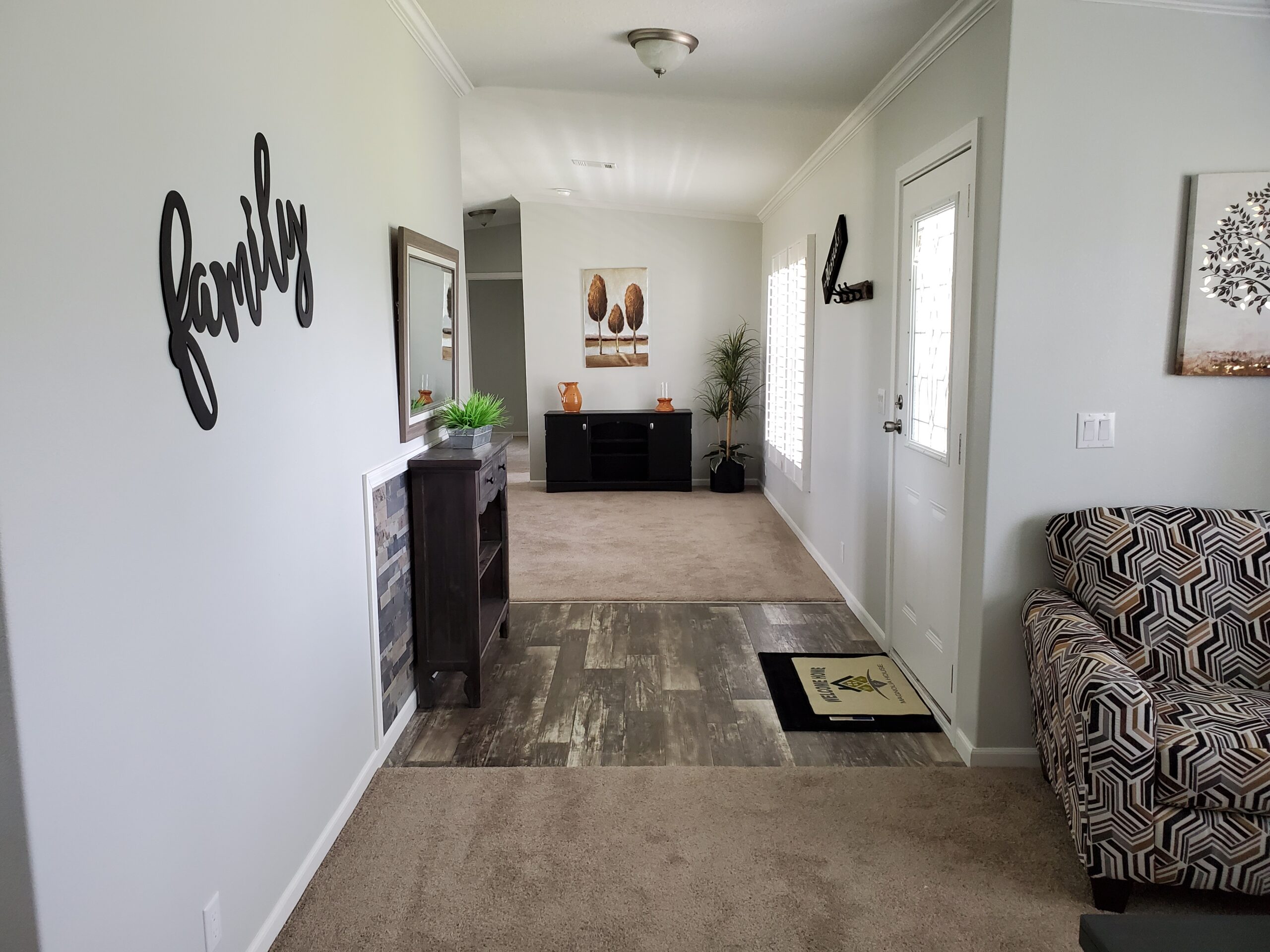
After checking the mail and finding the latest astronomical summer utility bill, you may be wondering how to reduce and conserve energy at your home, while saving money in the process. Suppose you have been thinking of purchasing a new home and have been intrigued by the affordability, remodeling options, and quality of manufactured homes. You may also not realize that today’s prebuilt homes are designed with many more energy-saving features than those of years past.
Today’s new manufactured homes:
- create a smaller carbon footprint with fewer square feet to heat or cool.
- have lower utility bills.
- are consistently comfortable.
- built with energy-saving features and sustainable materials.
Yesterday’s Manufactured Home
Manufactured homes built before the National Manufactured Housing Construction and Safety Standards Act of 1974 do not have the same great energy efficiency ratings as those newly built.
However, if you own a manufactured home from before these standards were codified, not to worry. Homeowners can take small steps to improve their efficiency, and they can retrofit their homes with today’s technology. To note, even with these modifications, homes built before June 1976 cannot ever be considered in compliance with Housing and Urban Development (HUD) codes. However, they can be inspected and accepted as adhering to state codes.
There are a few easily actionable ways to make your existing manufactured home more energy-efficient, including:
- Replace fluorescent bulbs with energy-efficient bulbs.
- Buy new, Energy Star certified appliances and electronics.
- In colder months, keep your blinds open to harness the sun’s heat rather than your heating system.
- In warmer months, keep your blinds closed and use darkening curtains to repel heat and save your air conditioning system from overworking.
Today’s Manufactured Home
For newer manufactured homes, those built after June 1976 must comply with the HUD code that resulted from the 1974 law. Also, home builders must display a certification label of proof on each transportable section of the home.
When purchasing a new manufactured home, consider incorporating energy-saving features into the original design, such as on-demand water heaters, energy-efficient doors and windows, extra insulation between the walls, skirting or a belly wrap, and caulking around outlets or ductwork. These improvements lead to higher energy efficiency, less noise, and less strain on the heating and cooling units, resulting in optimal performance and longevity.
For older manufactured homes, there has historically been a stigma that they are less energy-efficient than their modern counterparts. This is generally true, but even if you have an older manufactured home, there are many ways to modernize it to improve its energy use. On the other hand, if you’re building a new manufactured home from the ground up, you can be informed about which new features minimize energy wastage. You can make educated choices during the planning and design phases of your manufactured home building journey that will pay dividends over the life of your home.
